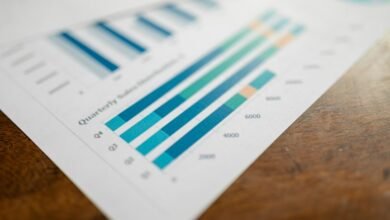Business Opportunity Metrics: 500853975, 500979197, 501108989, 501200339, 501496378, 501578455

Business opportunity metrics, such as 500853975, 500979197, and 501108989, serve as vital tools for organizations seeking to navigate complex market landscapes. These metrics provide essential insights into consumer behavior, economic conditions, and financial performance. By examining these data points, businesses can identify trends and opportunities for growth. However, the implications of these metrics extend beyond mere analysis. Understanding their broader impact is crucial for strategic decision-making. What key factors remain unexplored?
Exploring Metric 500853975: Insights and Implications
Although Metric 500853975 may seem obscure at first glance, its implications for business opportunity analysis are profound.
This metric provides a structured framework for identifying potential market gaps and assessing strategic implications.
Understanding Metric 500979197: Market Dynamics
Metric 500979197 offers a comprehensive framework for understanding market dynamics, building upon the insights gained from Metric 500853975.
This metric analyzes market trends and consumer behavior, identifying key shifts that influence purchasing decisions.
Analyzing Metric 501108989: Financial Performance
Analyzing financial performance through Metric 501108989 provides crucial insights into a company’s economic health and operational efficiency.
This metric facilitates comprehensive financial analysis by comparing actual results against established performance benchmarks. By identifying variances, stakeholders can assess profitability, liquidity, and risk management.
Ultimately, Metric 501108989 empowers decision-makers to enhance strategic initiatives, fostering a culture of accountability and informed financial independence within the organization.
Conclusion
In the realm of business strategy, the adage “knowledge is power” rings especially true. The exploration of metrics 500853975, 500979197, and 501108989 reveals critical insights into market gaps, dynamics, and financial performance. By systematically leveraging these metrics, organizations can not only enhance operational efficiency but also position themselves strategically for sustainable growth. Ultimately, a data-driven approach equips businesses to navigate complexities and capitalize on emerging opportunities in a competitive landscape.





